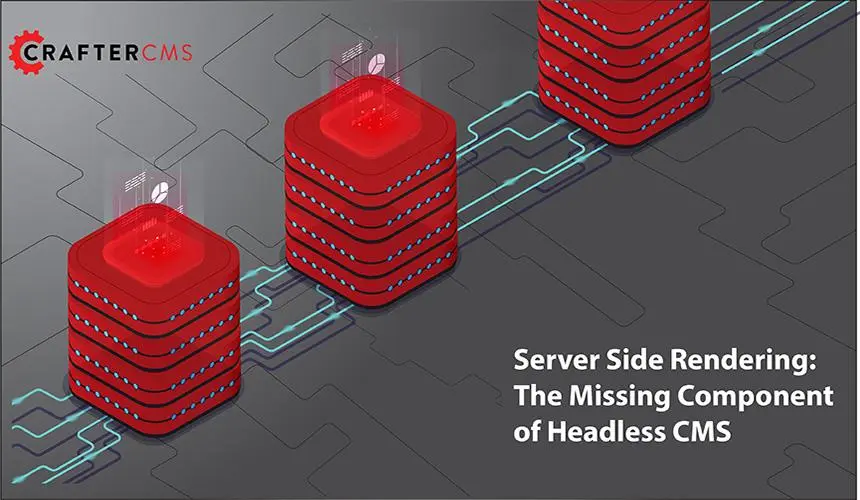SaaS Startup Checklist: 15 Things You Must Get Right

Mike Vertal
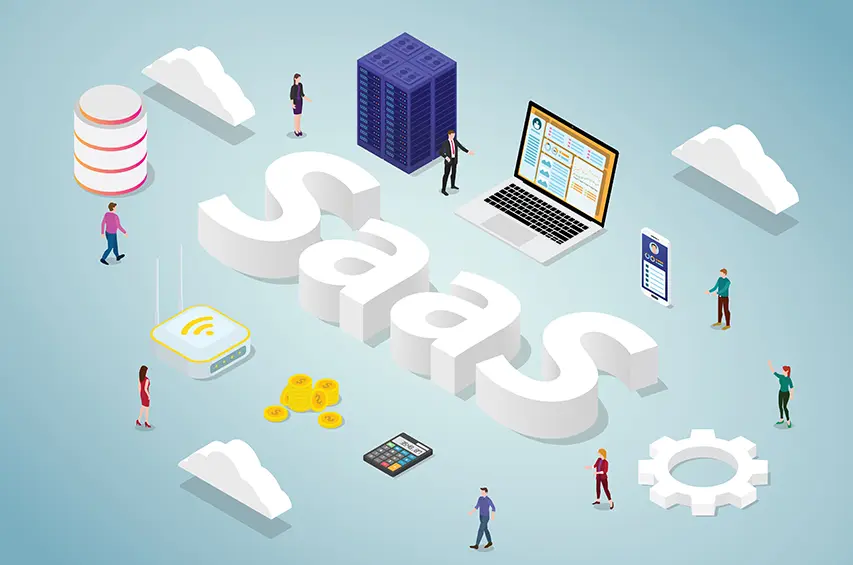
Launching a new SaaS startup can be an exciting time. However, it can also be a challenging task without the right game plan. Staying flexible and having a sound foundation are important characteristics you’ll need to combine with entrepreneurial grit and determination to disrupt the market with your latest SaaS product.
In this checklist, we’ll outline the things you must get right to ensure your SaaS business’ success.
1. Focus on the Customer
You need customers to purchase from you if your SaaS business is going to be successful. Ensure you have identified who these customers are, their wants and needs, how you plan to reach them and the most cost-effective way to market and sell to them.
However, you shouldn’t spend all your budget trying to acquire customers. Keep your customer acquisition costs (CAC) as low as possible and focus on making the customer experience remarkable. Ensure your unique selling proposition (USP) is clearly defined, and continue to work on it until it’s as unique as possible and clearly differentiated from your competition.
Also, in the initial stages of acquiring customers, it’s better to focus on lead generation rather than branding. This enables you to gather necessary feedback from your customers and then use that information to continue improving your service and overall business.
2. Decide on Your Launch Team
The first and possibly the most critical task is to decide on the initial team for your SaaS business. Here is where you analyze your current skill set and determine the type of person you need to help you get your business off the ground.
Do you need a technical co-founder? Or maybe someone who has more of a knack for marketing or business. This all depends on if you have the coding chops yourself or if you’re much better at storytelling and salesmanship. Regardless of what you need, make sure to find your complimentary piece as a SaaS business can’t be successful without many elements.
3. Choose a Flexible, Future-Proof Tech Stack
When launching a SaaS business, you will need to rely on a combination of software solutions, development tools, frameworks, and libraries to power your application in both the frontend and the backend. This tech stack will need to be flexible and future-proof to allow you to make adjustments along the way.
At the foundation of your tech stack, you should build on an API-first headless content platform that can both drive your digital product experience, and also serve as your marketing website and other content channels to help you attract and engage with your customers. Adding content management as an afterthought is suboptimal, and sacrifices the long term productivity of both your development and marketing teams.
4. Use Open Source (and Avoid Building on Someone Else’s Proprietary SaaS)
There’s a wide range of open source software technologies, and you want to use them as much as possible. Keep your software investments cost effective, and under your control. Don’t build your SaaS on top of some other vendor’s proprietary SaaS, as you will be at their mercy when it comes to cost, scalability, security, reliability, and performance.
5. Create an MVP for Market Research
Even if you think your SaaS business will be the next big thing, you can’t be sure until the market has decided. However, you also can’t spend tons of money on your business until you’re confident that potential customers are interested in it and willing to pay you or if you’ve solved the specific problem your customers are having.
Essentially, you need to create a minimal viable product (MVP) that helps you to showcase what your product can do and test out how well customers receive it and how effective your SaaS product is at solving their problems.
6. Seek Product-Market Fit
Having product-market fit is essential to a successful SaaS business. Without it, you can find yourself spending tons of money on marketing to the wrong audience. To achieve product-market fit, you should ensure that you’re focusing on your customer and meeting their needs and being very clear about your product’s value.
Start by conducting extensive market research, then move onto having conversations with your ideal customers to ensure your product hits the mark. With any feedback you receive, you can then determine if you need to go back to the drawing board or continue moving forward with your product.
7. Scale At the Right Time
An often overlooked component of building a SaaS business is what you will do once you achieve success. After (and only after) you have product-market fit and your customers are signing up at a rapid pace, you should start to scale. This requires that you choose a scalable tech platform early (see points 3 and 4 above) that can handle an increased influx of customers, more traffic, and supports your team’s growth.
You need to choose a platform that enables you to start small and then scale as necessary without forcing you to migrate to another platform or try to find another set of tools that does the same job for you.
8. VCs vs Bootstrapping
Funding for a SaaS business can come from a few different areas. You can aim to build a product that secures funding from venture capitalists in exchange for a portion of your business. Be prepared to show actual (or high probability potential for) very high growth rates and a very large addressable market. Alternatively, you can bootstrap your business using any savings or additional cash at your disposal without selling a big chunk of your company’s equity.
Either way works, but each will change the way you approach your business in the long run.
9. Stay Lean and Agile (and Embrace DevOps)
When building your SaaS startup, you should focus on the principles of lean and agile. And embrace DevOps early to become hyper efficient when it comes to turning business requirements into customer features quickly. Continuous integration, continuous delivery, and continuous publishing drives operational excellence.
By creating products quickly, gathering information on your hypotheses and then making adjustments based on feedback, you will find it easier to learn what you’re doing right and what you’re doing wrong and make a pivot if required.
10. Invest In Customer Service
The success of your SaaS business depends on your ability to acquire new customers.However, you don’t want to keep having to obtain customers to remain the same while your other customers continue to leave. You need to invest in customer service and customer success to keep your customers happy, solve any of the minor issues they might be having and keep them engaged with your brand.
11. Don’t Underestimate Content Marketing
When it comes time to marketing your SaaS business and finding more prospects and customers, many entrepreneurs may think of running paid advertising and/or social campaigns to drive traffic to their website. While this can be a good tactic if you have the budget, you shouldn’t forget to include content marketing as part of your marketing strategy.
With content marketing, you will focus on creating, publishing and distributing valuable content that educates your audience and builds durable SEO benefits. Whether that’s by creating content that highlights the latest trends in your industry or some of the ways your product can solve their problems, content marketing should definitely be a core part of your marketing strategy.
12. Invest In Building a Community and Fanbase
Building a successful SaaS startup starts with building something else; a community. You can choose to engage with others in your industry and target audience through social media or create your own custom community where your customers can interact with you and each other. Turning early customers into community members can encourage them to become more than customers, but brand advocates help promote your SaaS business.
13. Leverage Partnerships
No SaaS business is an island. You will need to build relationships and partnerships with other businesses that can help you grow your business. This holds whether you are partnering with agencies to help you with your development or marketing or seeking out integrations with other SaaS businesses that can improve your current product’s functionality.
14. Don’t Worry About Brand Advertising
Brand building shouldn’t be your primary focus when just starting out. For your SaaS businesses to survive, you need to increase your runway, and you need customers paying the bills. Therefore your focus should initially be on lead generation and lowering your CAC. Once you have more customers and a solid runway, you can focus on the long game of brand building to increase awareness.
15. Don’t Get Into the Customization Business
Beware of trying to serve too many different types of customers too soon. Every customer has unique needs, but you need to know when to say no to potential customers and not pivot towards a new idea. Focus on your specific niche and avoid spreading yourself too thin by extending your brand presence to places you don’t know about, trying to add too many products or serving customers in too many countries before you’re ready.
Set Your SaaS Foundation With CrafterCMS
Flexible, future-proof and with the ability to scale as required, CrafterCMS has all the ingredients you need to start building your SaaS business and digital products. An open source headless "plus" CMS that goes beyond both traditional and simple headless-only CMS platforms, CrafterCMS enables you to provide what your technical and marketing teams require for their business.
With a powerful yet user-friendly content authoring interface and support for DevContentOps processes, you can iterate quickly and test new hypotheses without running into bottlenecks and technical traps that will slow down your marketers or developers.
Launching a SaaS startup isn’t easy, but it doesn’t need to be difficult if you choose the proper technical foundation.
Read our Customer Case Study to discover how the SaaS startup Best Movies By Farr leverages CrafterCMS to build their library of video content that is loved by an engaged community of fans.
Related Posts

CrafterCMS Wins More G2 Awards Spring 2024

Amanda Lee
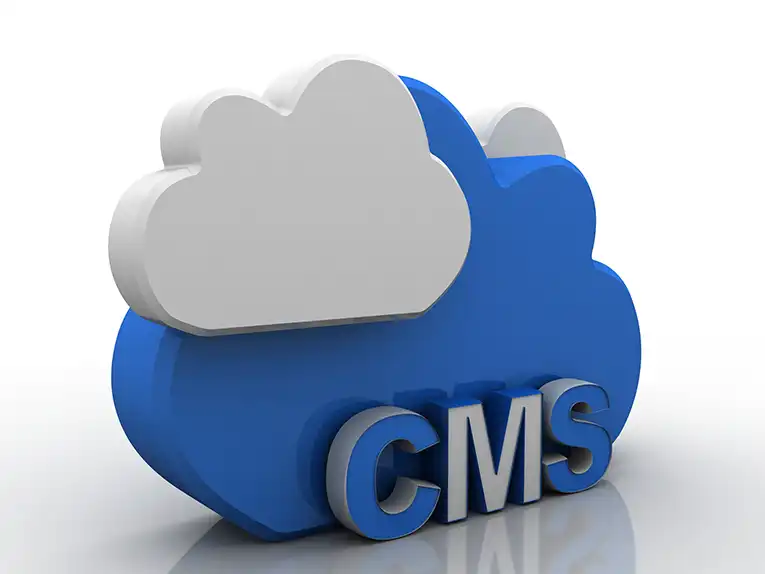
What Is a Cloud CMS? (Unlocking the Benefits of a CMS in the Cloud)

Sara Williams
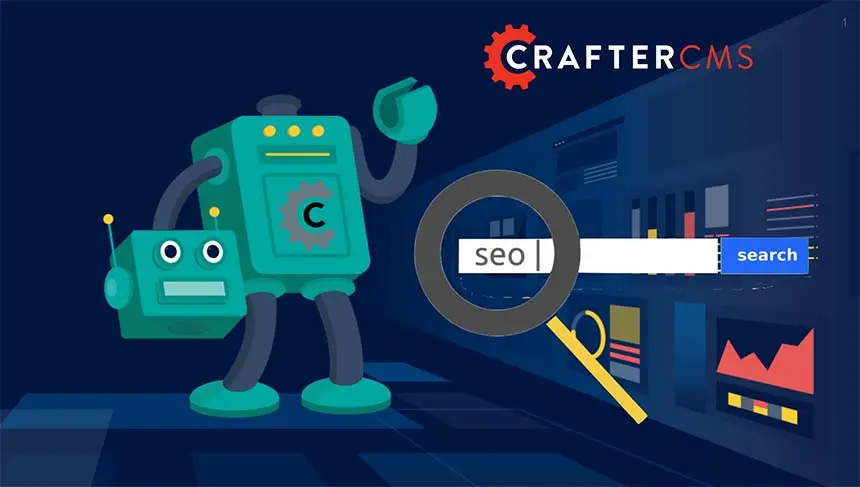
Headless CMS SEO (How to Do SEO Right With a Headless CMS)

Amanda Jones
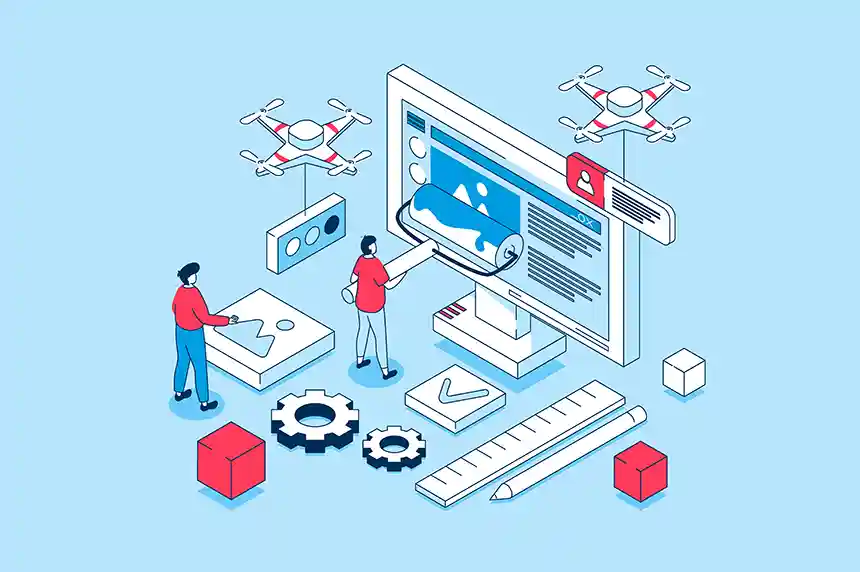
Implementing DevContentOps: Best Practices for Integrating DevOps and Content Management

Amanda Lee










